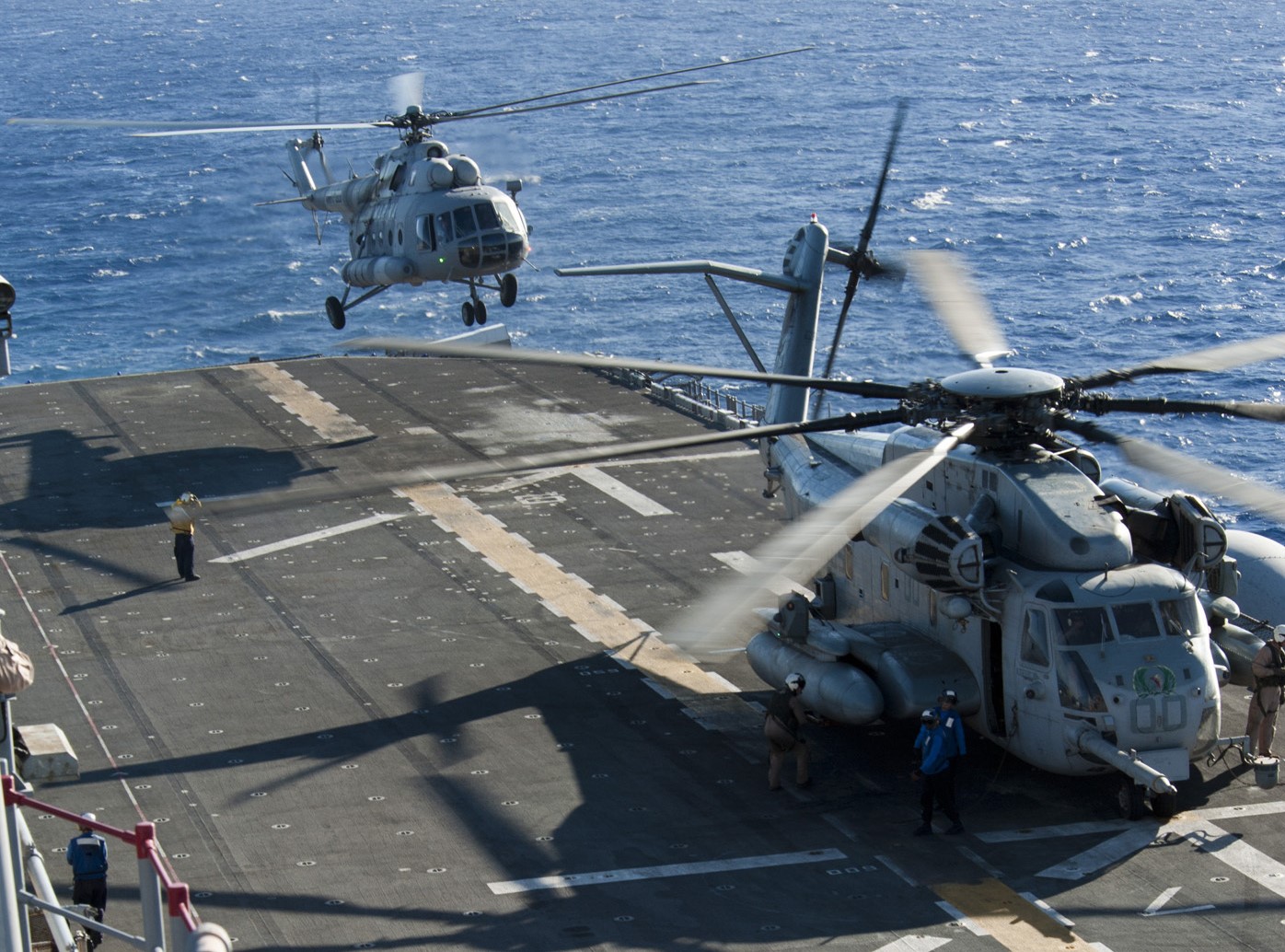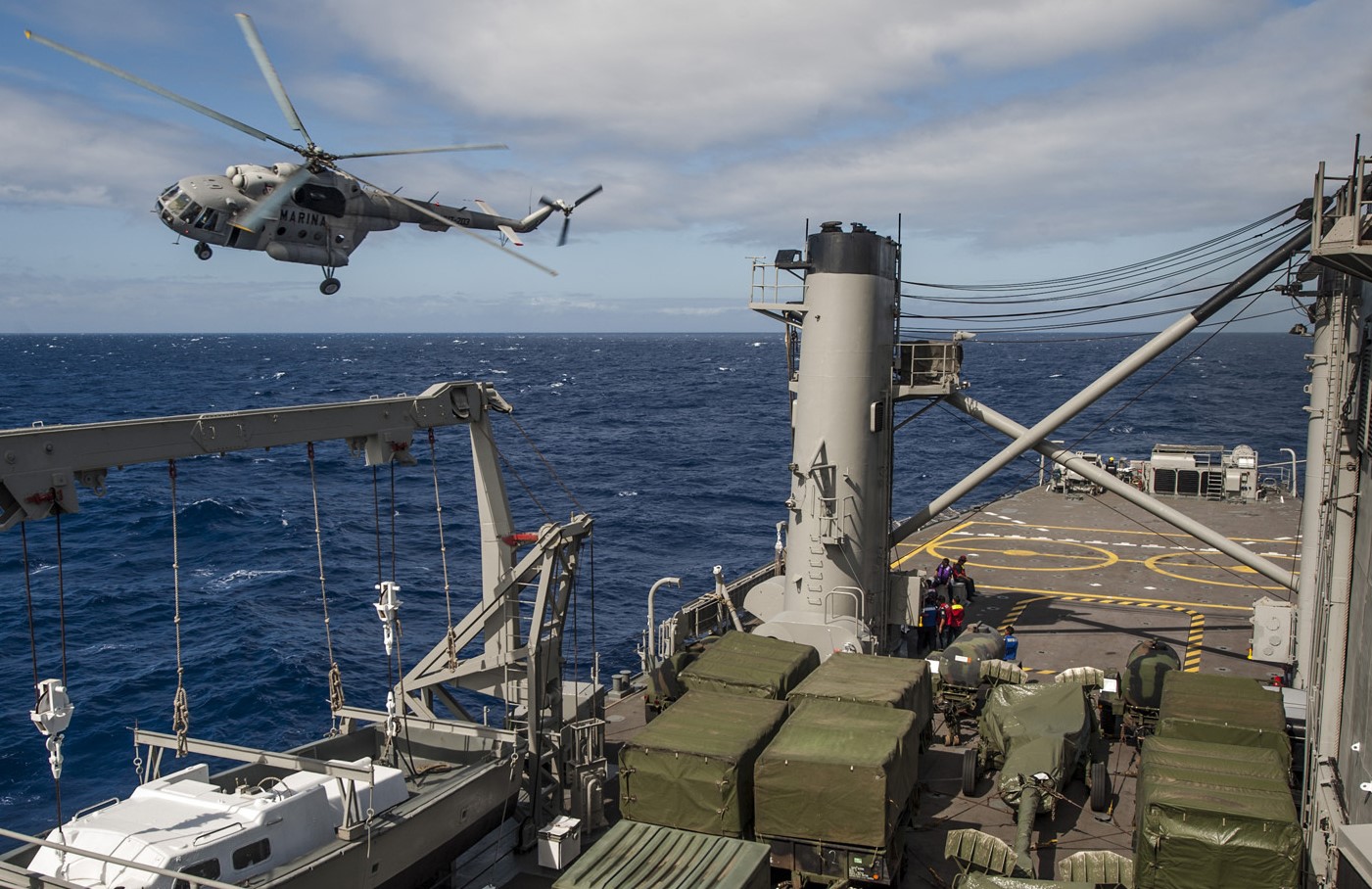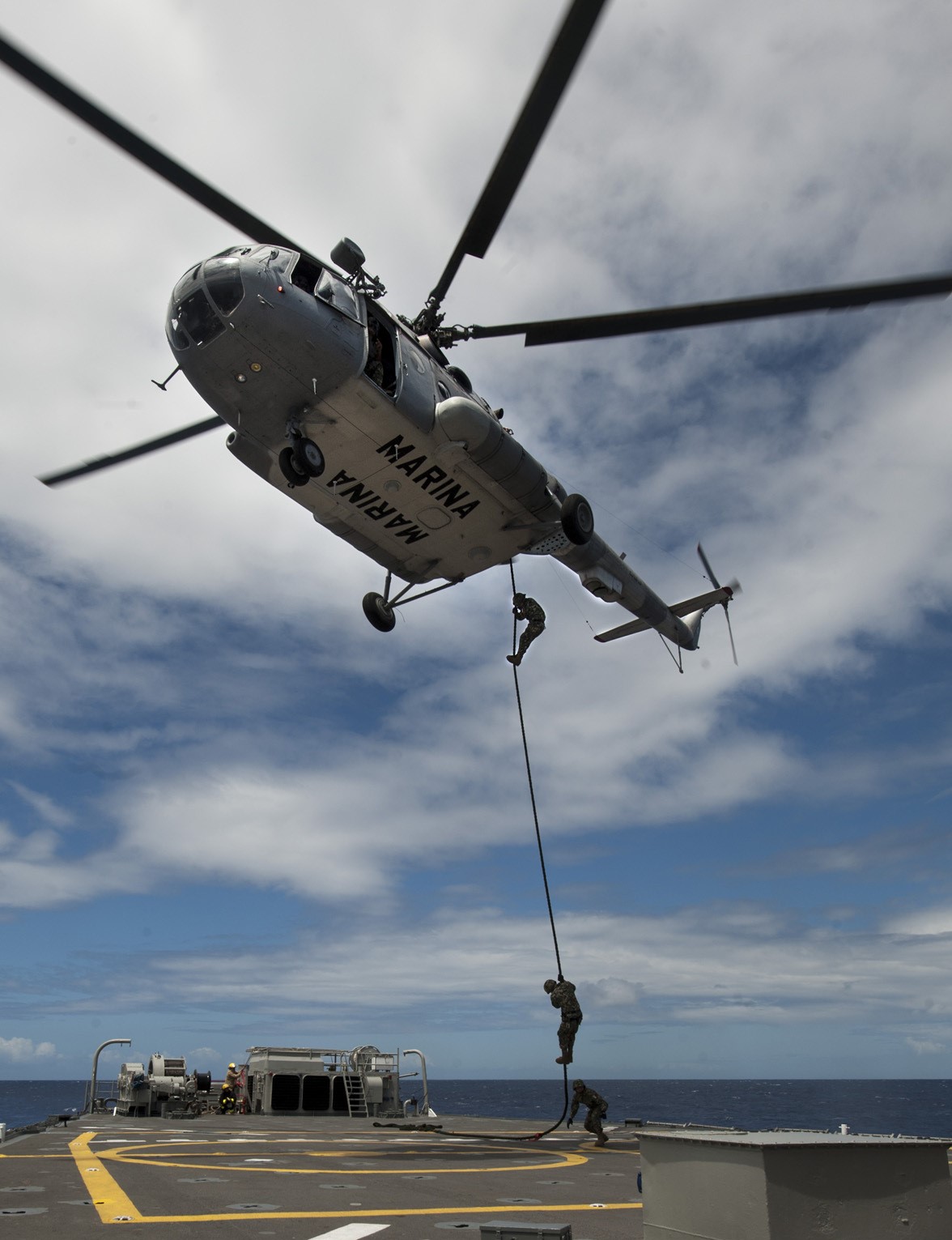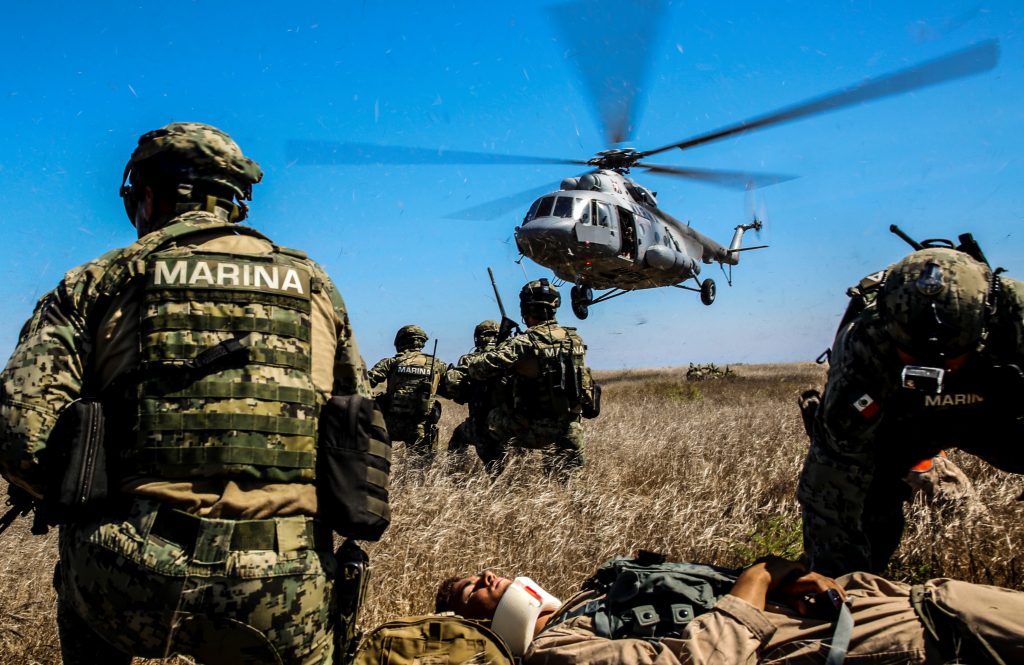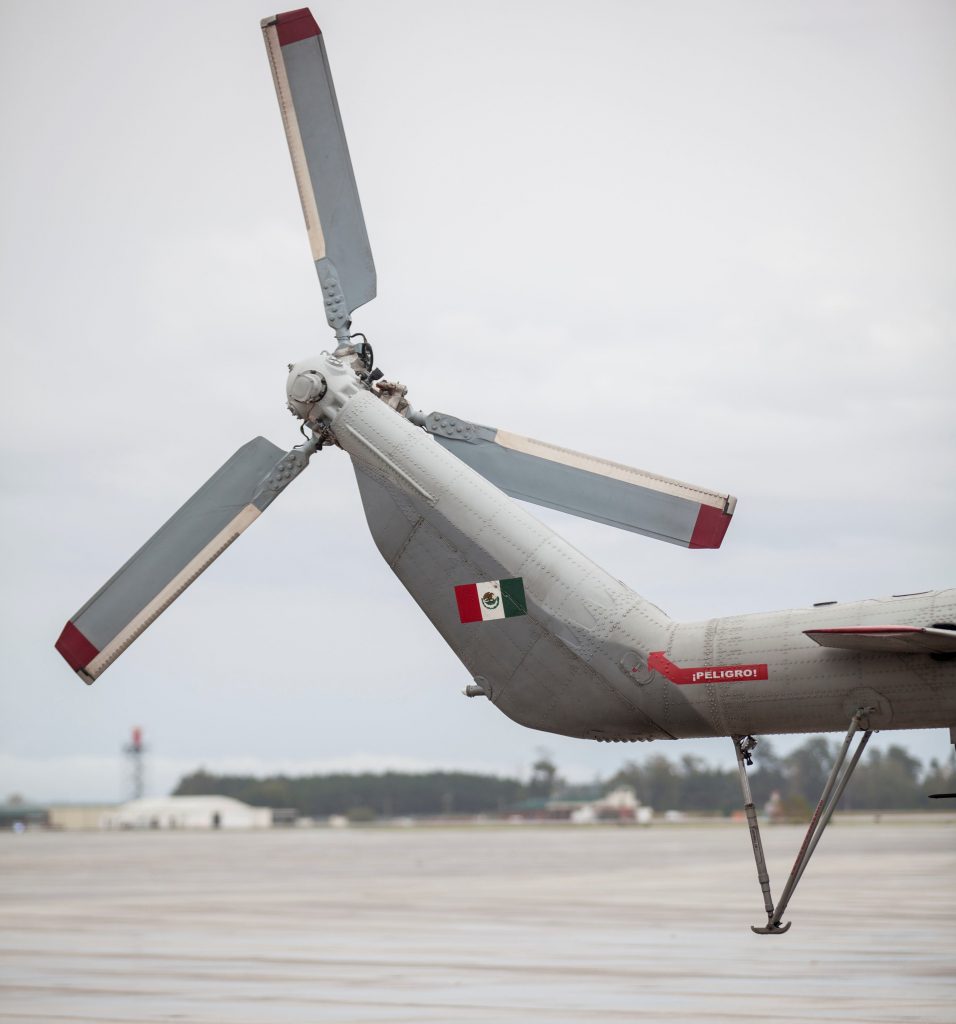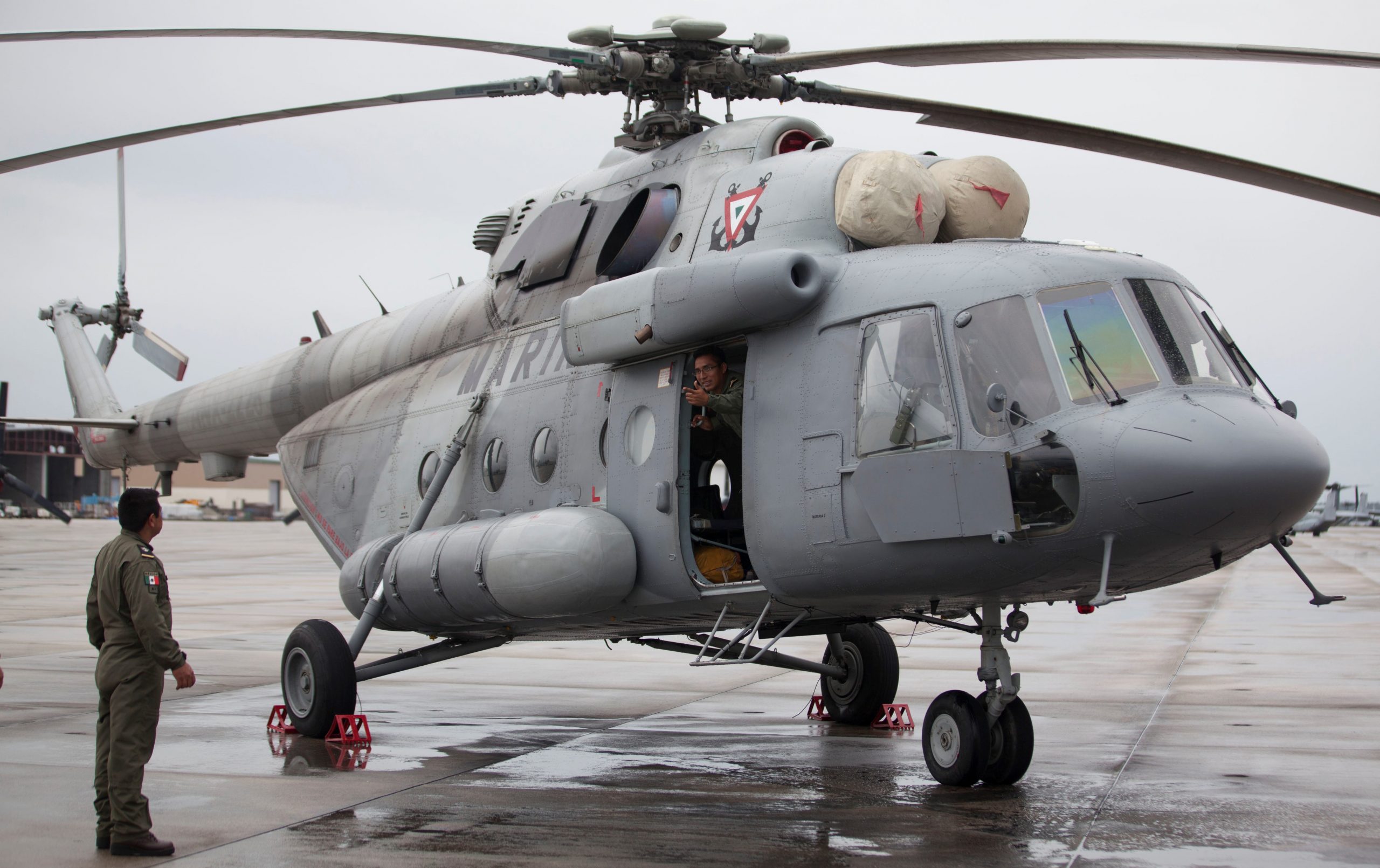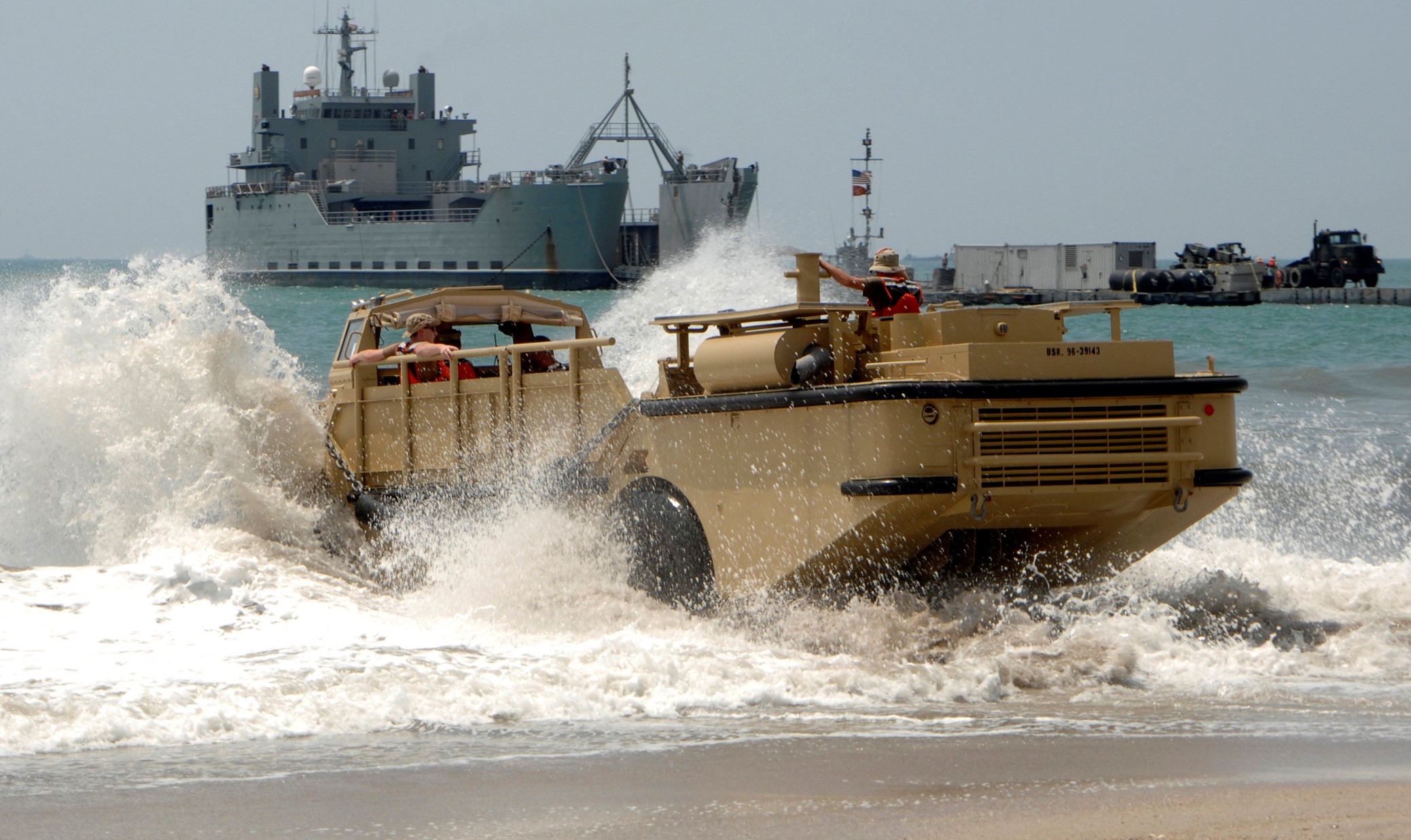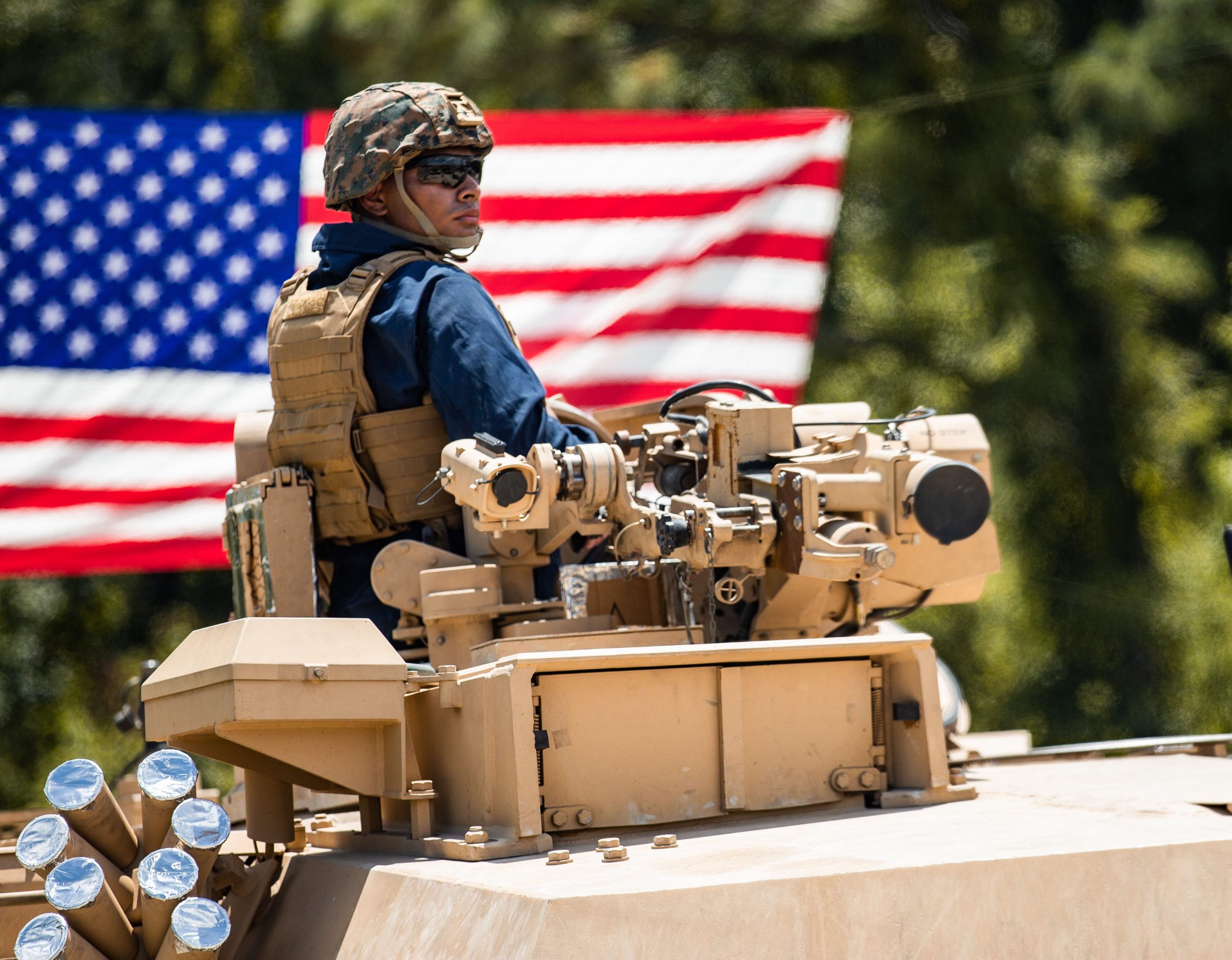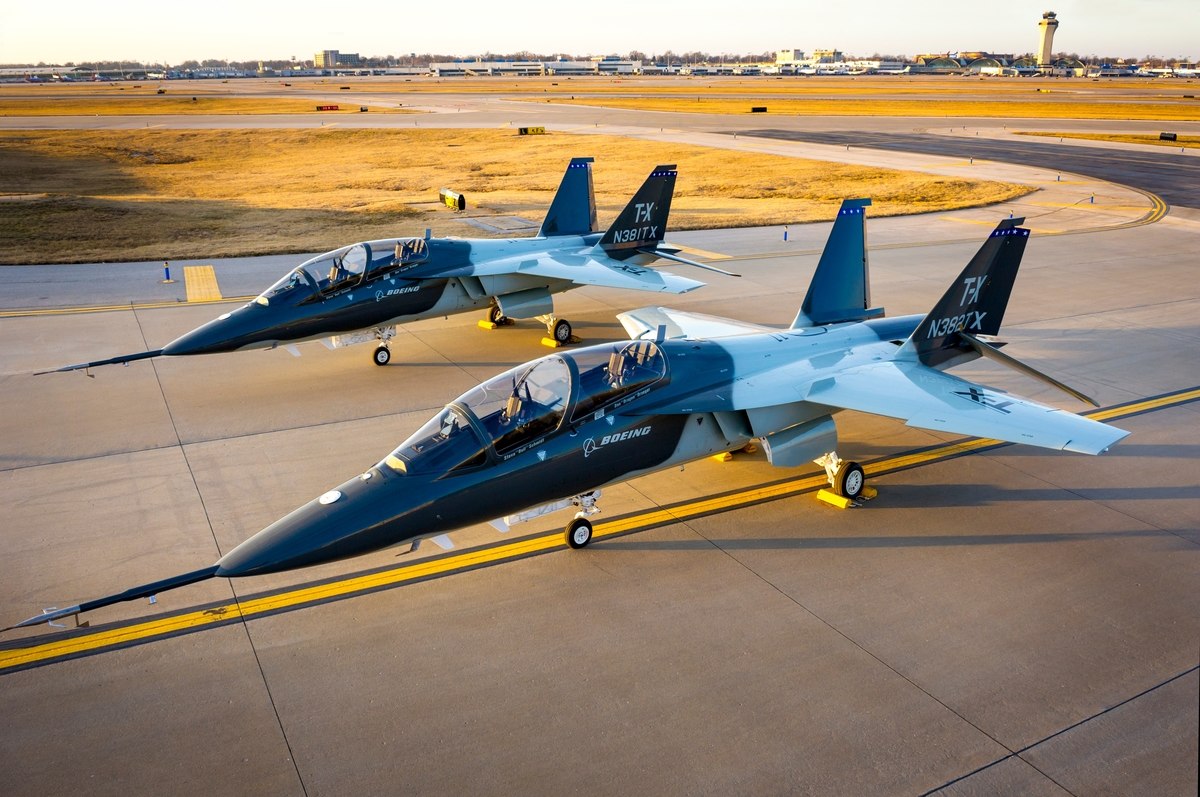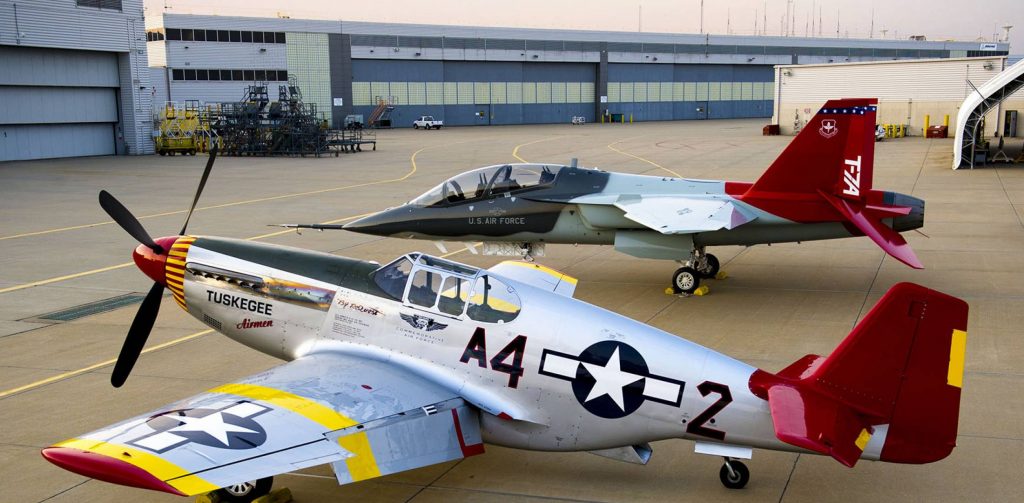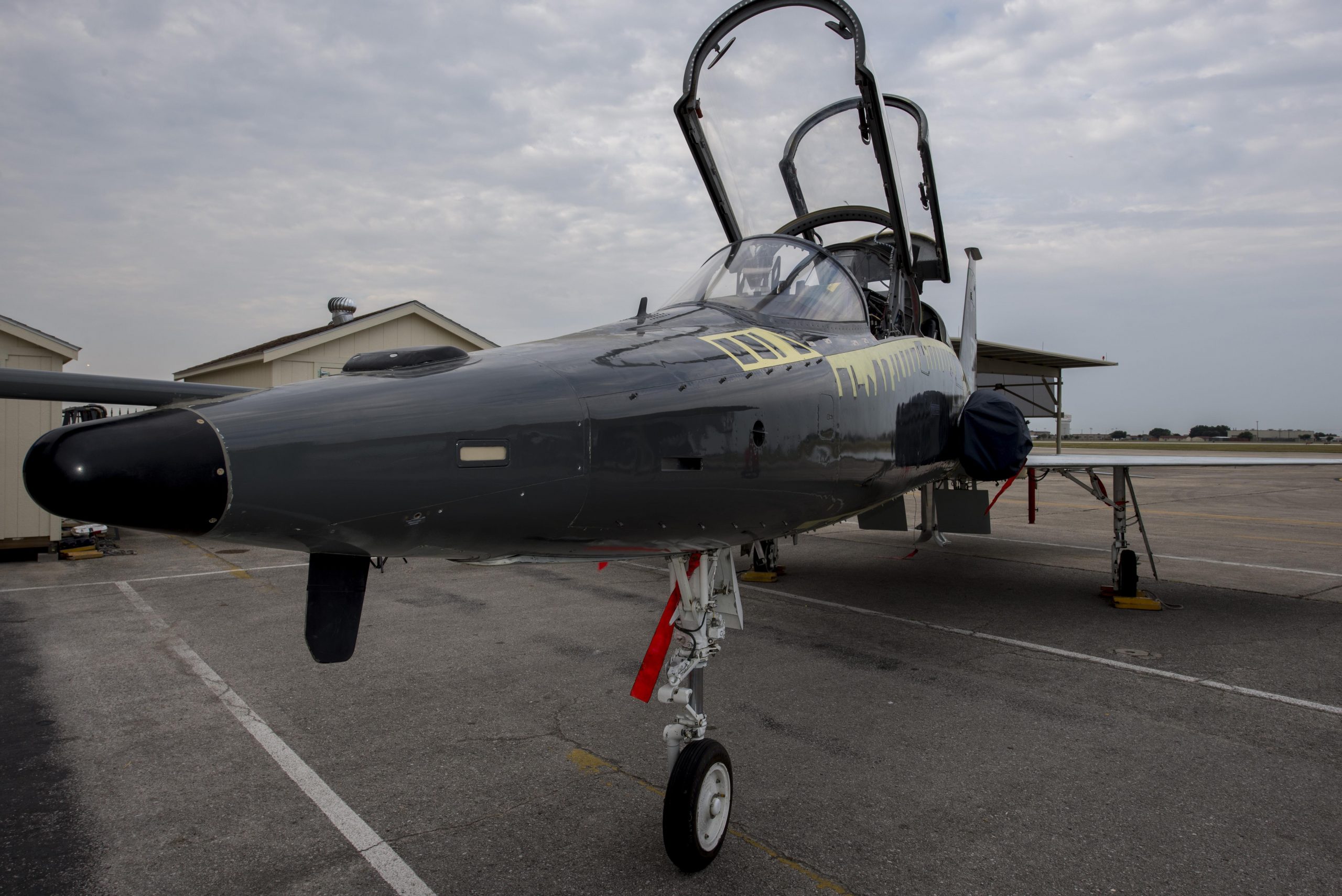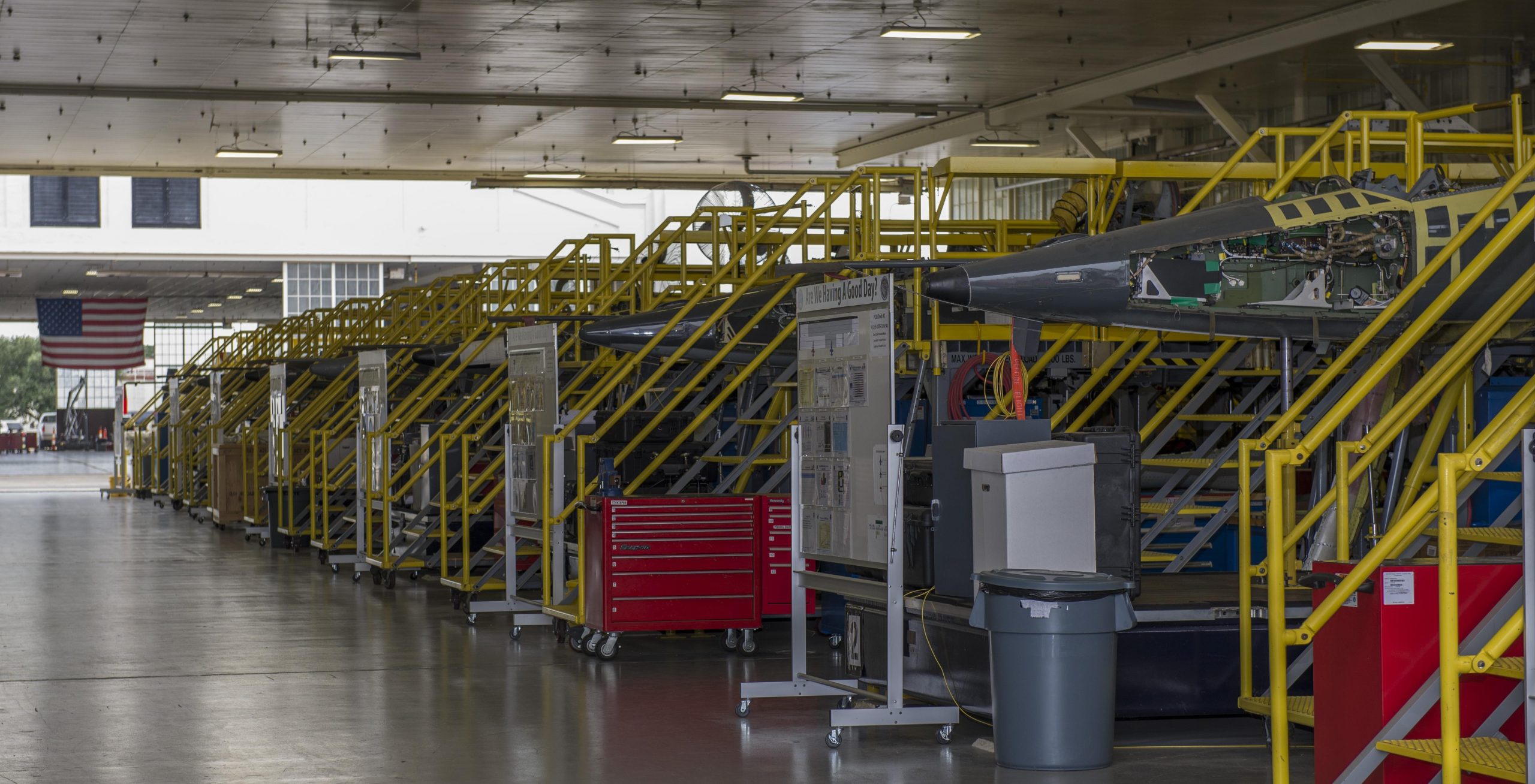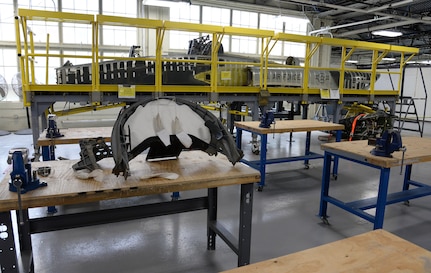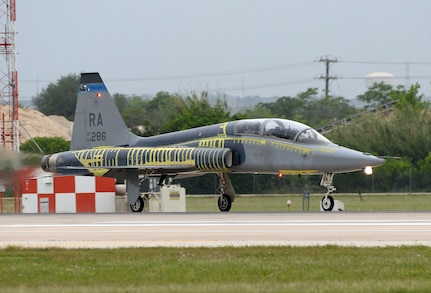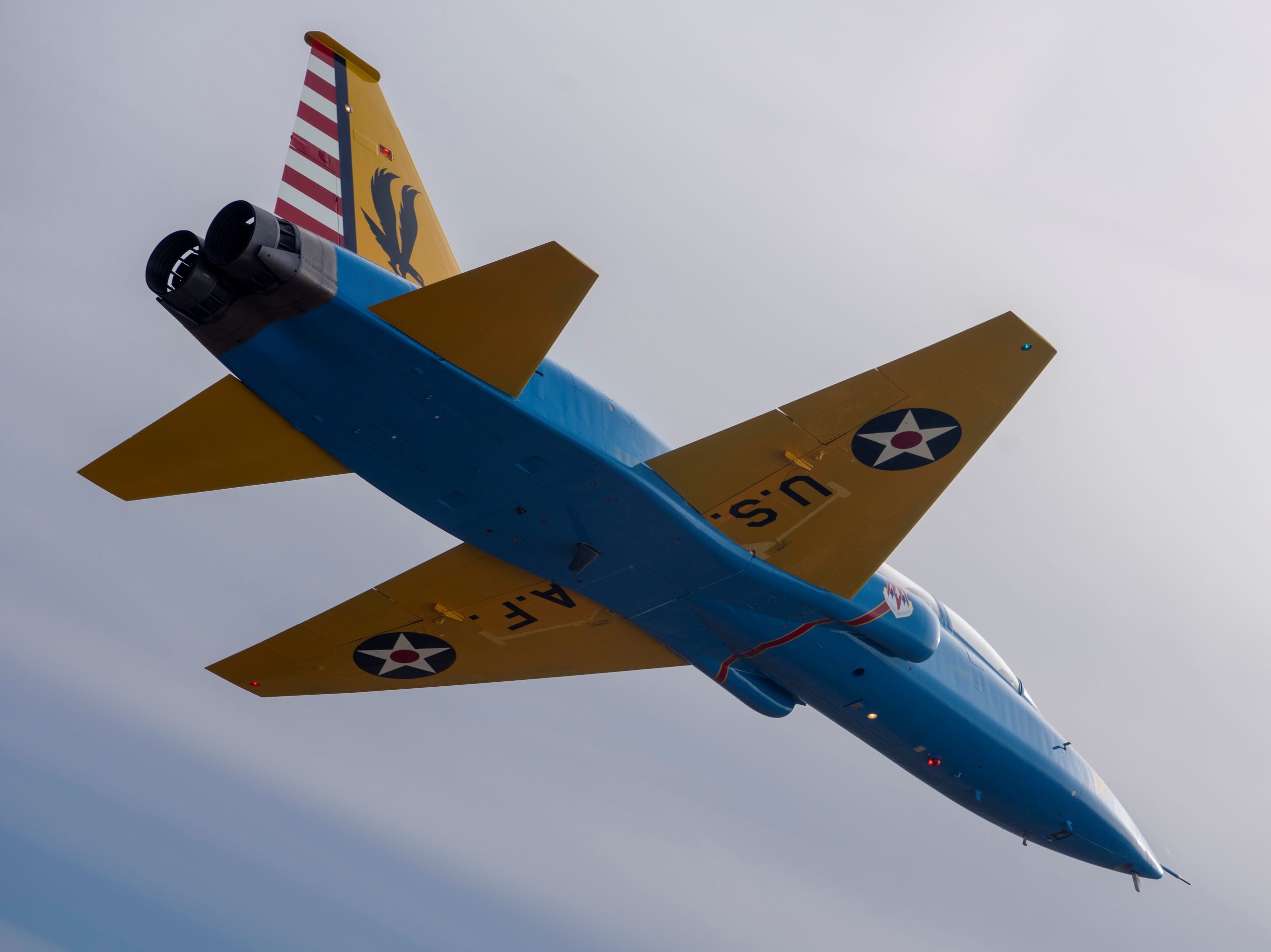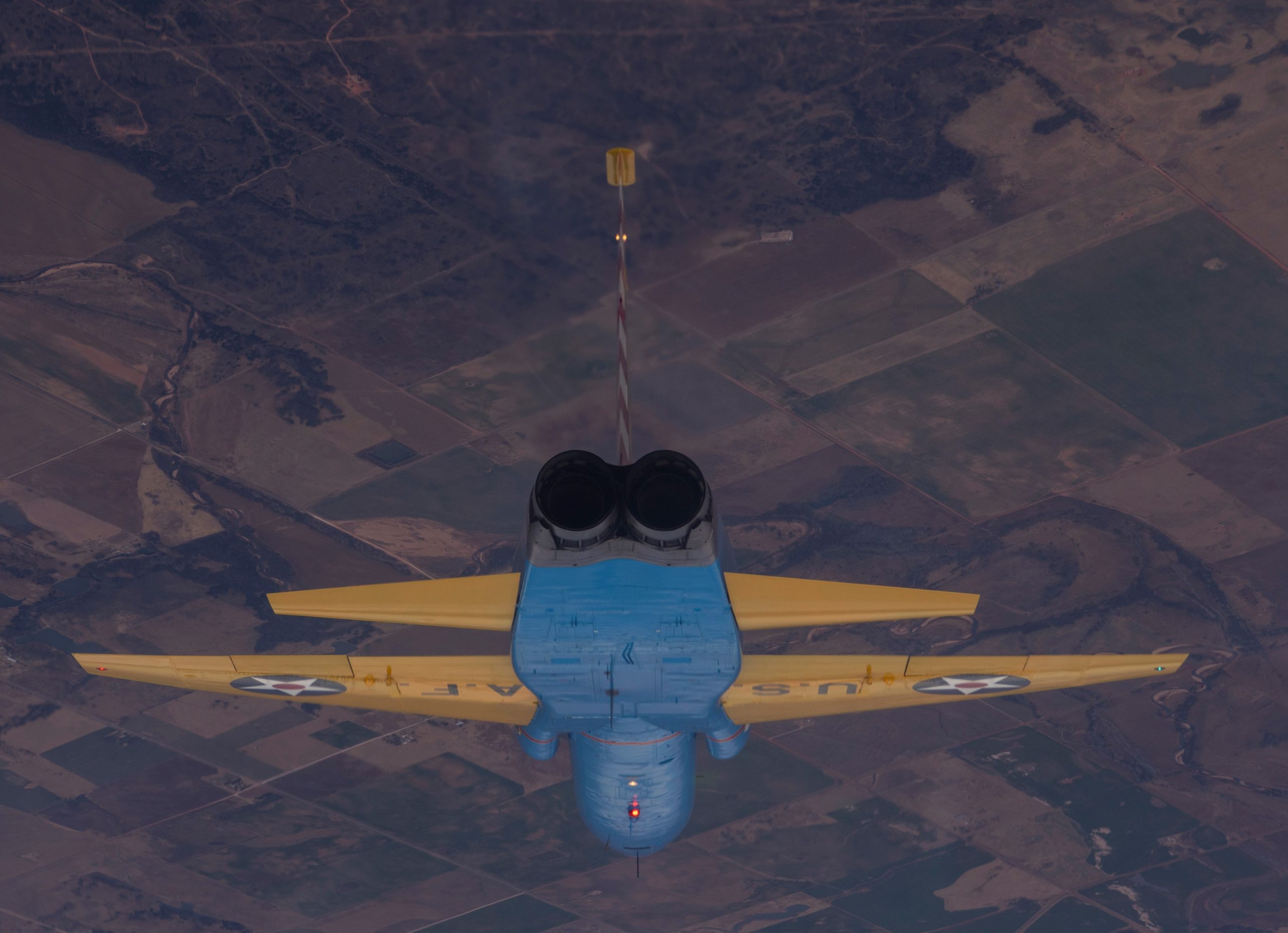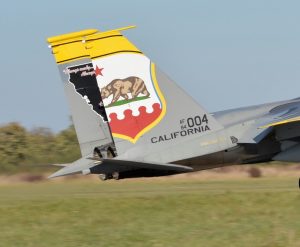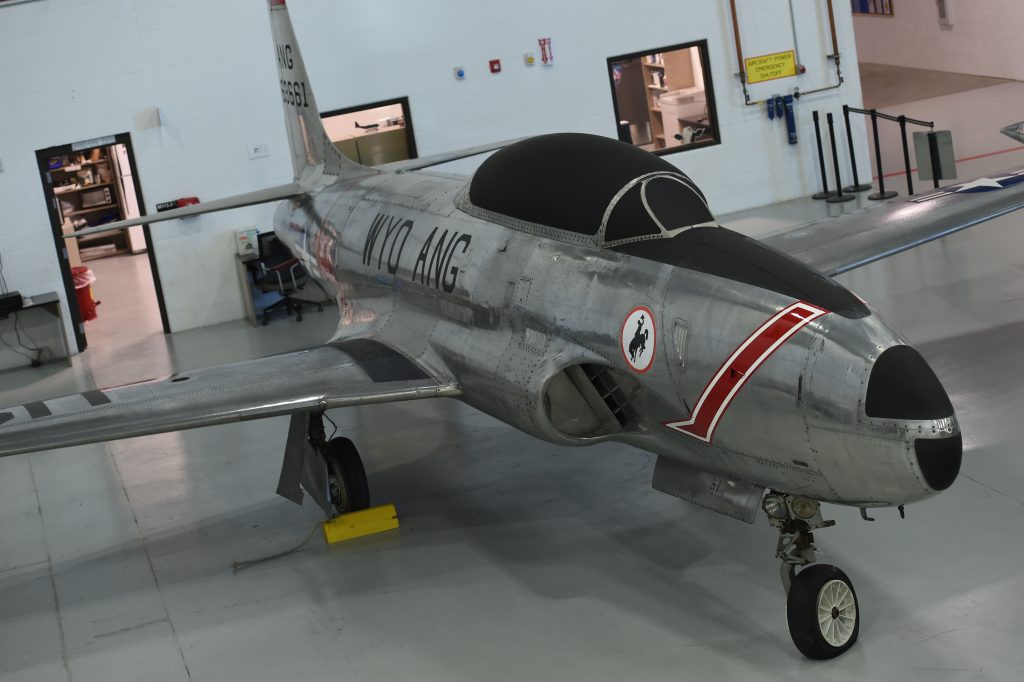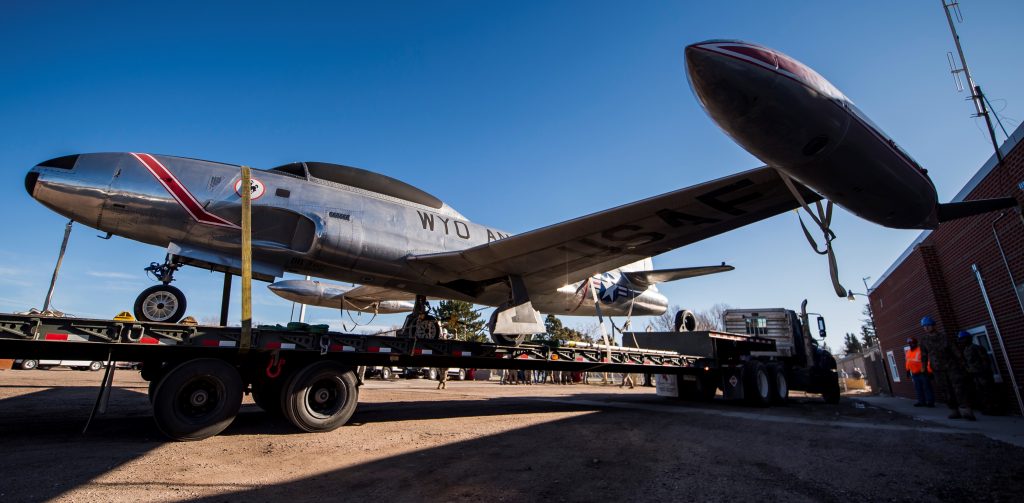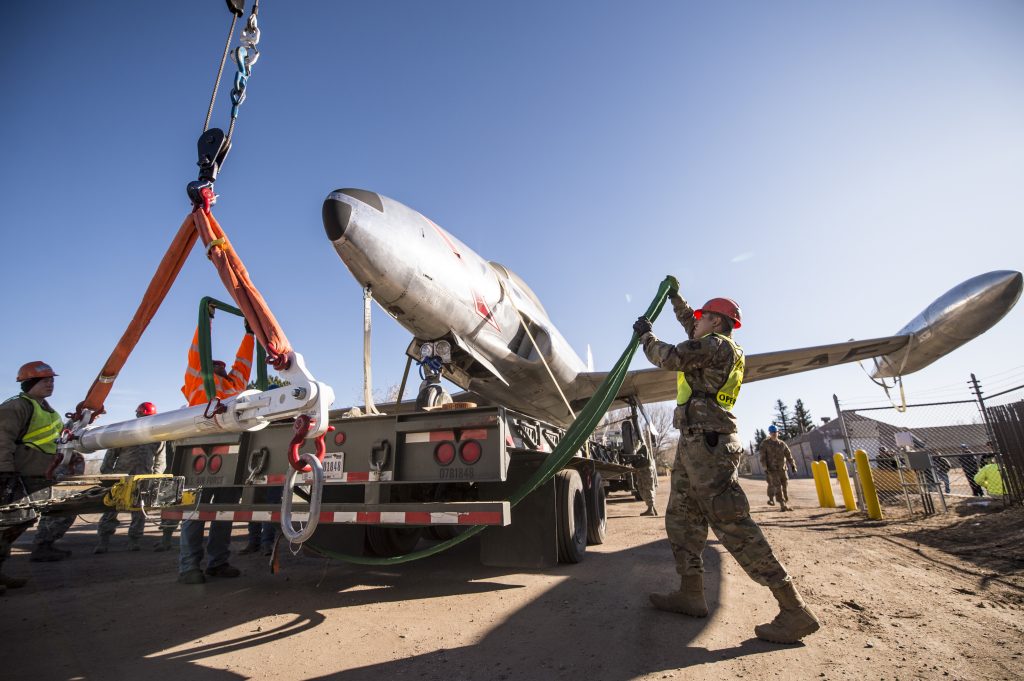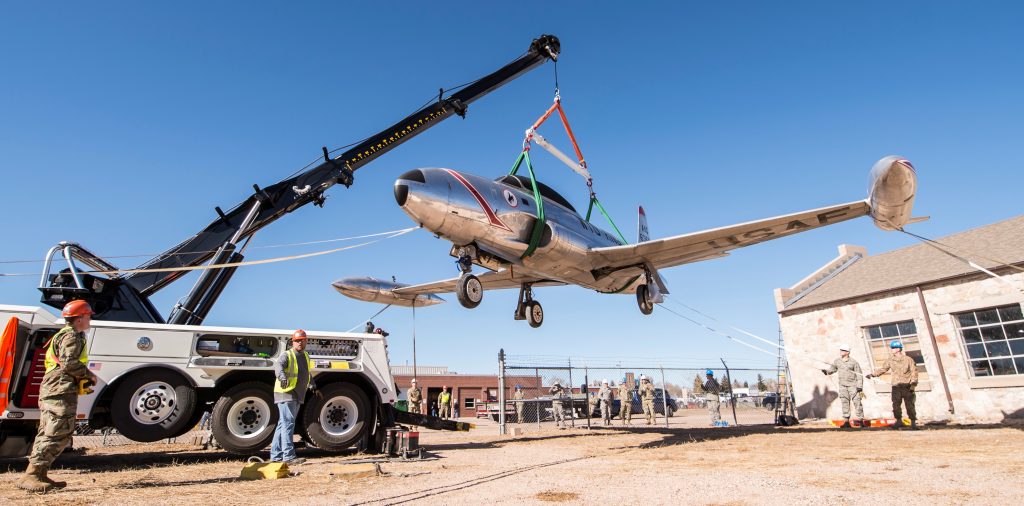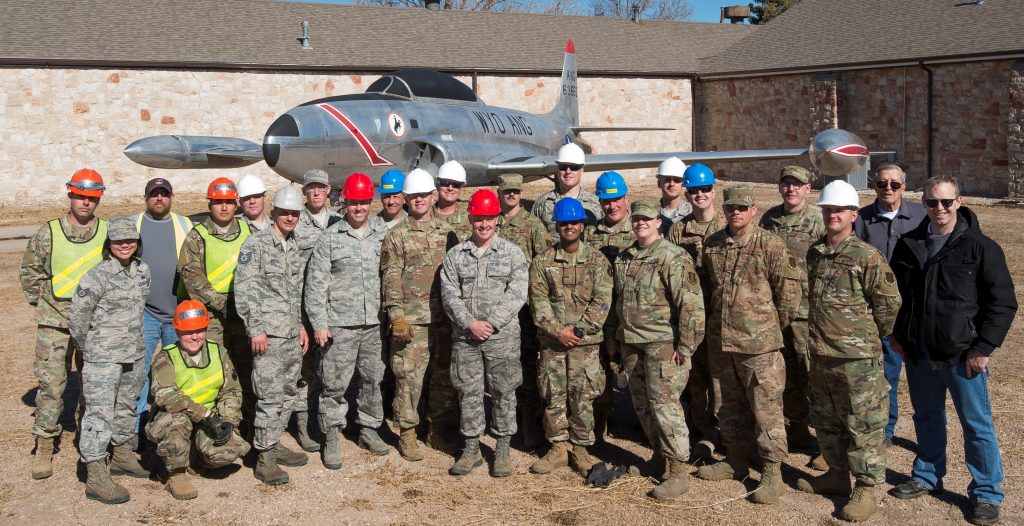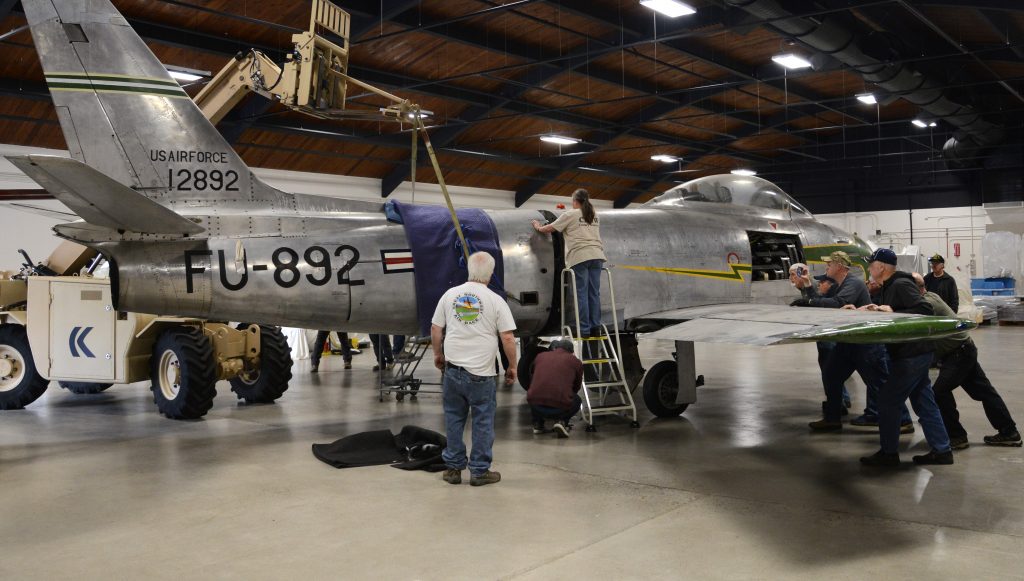The successful use of state National Guard to distribute food to the public proves that the capitalist market/logistic system is a total failure.
Incomplete list of main stream news links announcing United States food supply shutdowns, emergencies, outbreaks and recalls as of 04MAR2021:
Surprise, United Nations food waste report now blames families, not restaurants, for most waste of food!
More pet food recalled due to bacterial contamination.
ARIZONA:

Arizona Army National Guard photo by Specialist Thurman Snyder.
A year later, the Arizona National Guard continues handing out food in Phoenix, 03MAR2021.
The only Krispy Kreme in San Francisco shuts down, plus a list of other restaurant shut downs.
Amusement park to celebrate pandemic panic-attack opening with food event.
Another very famous amusement park extends food event due to high demand for food!
Online ‘Curbing Hunger’ event to be held in Riverside and San Bernardino counties.
Riverside County inspections shutdown restaurants.
COLORADO: Hospital donates ambulance to deliver food!
INDIANA: 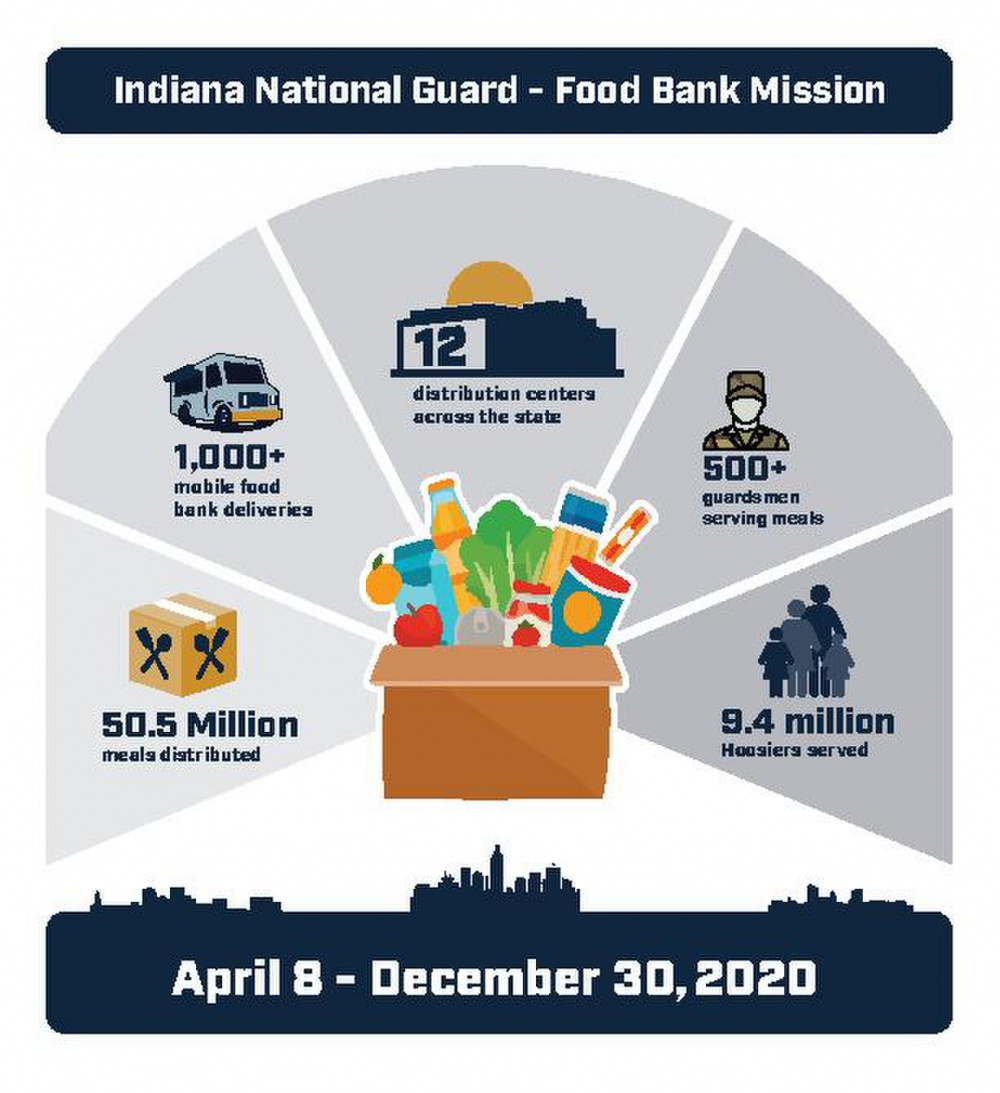
Indiana National Guard published this graphic to show how much food was handed out due to the pandemic panic-attack in 2020!
KENTUCKY: In Louisville, already seven restaurants have shutdown this year.
MAINE: Extends pandemic panic-attack taxpayer funding for food pantries.
MICHIGAN:

Michigan Air National Guard photo by Master Sergeant David Kujawa.
Since the pandemic panic-attack, state National Guard Soldiers and Airmen, working with food bank workers and volunteers, have distributed more than 34-million pounds of food!
NEVADA: Businesses sued due to toxic baby food.
NEW YORK: Updated list of restaurant shutdowns in NYC.
PENNSYLVANIA: Pandemic panic-attack rules blamed for lack of university students, which cause restaurant to go out-of-business.
TENNESSEE: ‘Food debris’ can lower your restaurant’s inspection score.
UTAH: Even the Mormon god couldn’t stop these eateries from shutting down due to a pandemic panic-attack.
VIRGINIA: Hunger games? Grocery store chain to offer free meals to hungry people, but only if specific football game plays are made!
Washington DC: National Guard troops sent to protect leftist-liberal politicians, suffer food poisoning!
U.S. Food Crisis, February 2021: PANDEMIC AND WINTER STORMS JOIN FORCES
Biden’s Borderland: CHILD SHELTER CAGES NOW FULL, BORDER PATROL RELEASES VIDEOS OF CHILDREN LINING UP TO GET IN LEGALLY, MORE ILLEGAL FOOD CAUGHT COMING INTO THE U.S.!



